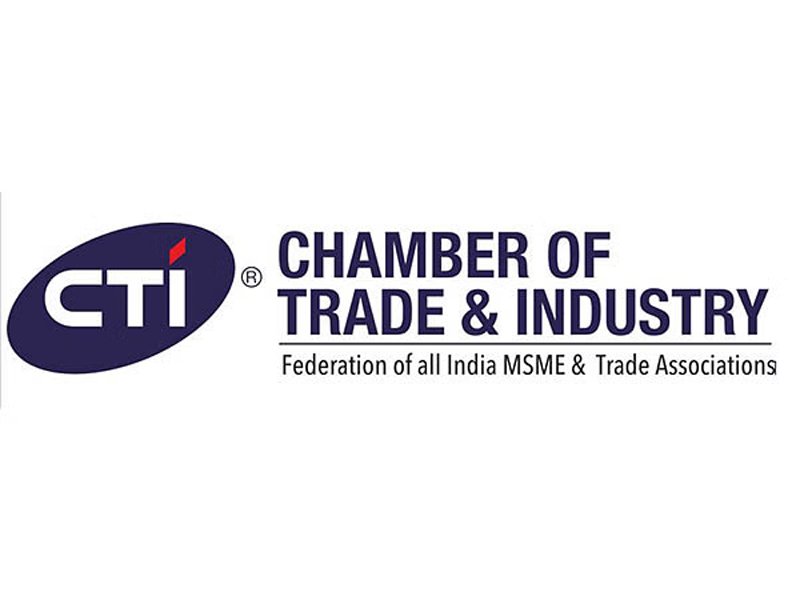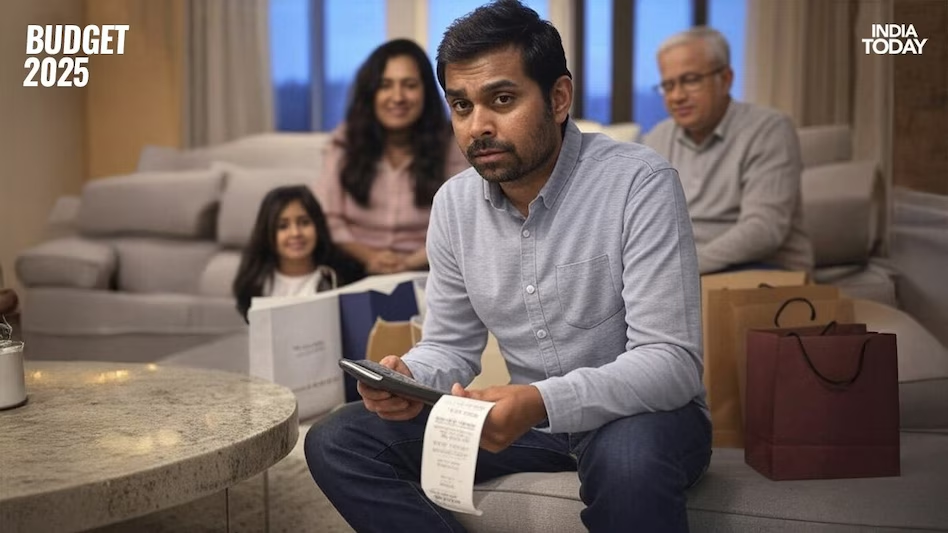Marrying Tech and Traditional Insurance: Over two centuries ago, the Oriental Life Insurance Company marked the inception of life insurance in India. Established in Kolkata, it initially served the European community, but its legacy laid the groundwork for a deeply personal and relationship-driven approach to financial security. In those formative years, insurance was not just a business transaction—it was a human connection. Agents would travel door-to-door, speaking in regional languages, guiding families through the complexities of policies. These interactions were built on trust, mutual respect, and long-term relationships. Every policy was handwritten, stored with care, and treated as a promise, not just paperwork.
This human-centric model remains at the heart of insurance even today. While handwritten ledgers have been replaced by cloud databases and AI tools, the core values—personal guidance, trust, and protection—remain unchanged. In today’s era of digital convenience, customers still seek emotional assurance along with financial coverage. They want speed and simplicity, but not at the cost of reliability and warmth. This balance of tradition and technology is what makes the modern insurance landscape both innovative and dependable.
As the industry enters a new age, the synergy of bancassurance—the partnership between banks and insurance providers—is proving to be the perfect blend of old and new. With their expansive networks, banks offer customer trust and accessibility, while insurers bring in product expertise and digital infrastructure. Together, they are reshaping how insurance reaches every corner of India, making policies more accessible, faster, and smarter. By merging digital advancements with the trust banks command, bancassurance is ensuring that no customer is left behind.
Bancassurance: Bridging Tradition with Technology
What is Bancassurance?
Bancassurance is the strategic collaboration between banks and insurance companies that allows banks to offer insurance products to their customers. First introduced in France during the 1970s, the model quickly gained global traction and is now considered one of the most effective insurance distribution channels worldwide.
Why Bancassurance Works in India
India’s vast population and deep-rooted trust in banking institutions make bancassurance an ideal fit. Banks have access to large customer databases and physical branches, even in semi-urban and rural regions. By integrating digital tools into this existing infrastructure, insurers can offer customized solutions, real-time claims processing, and seamless policy issuance with minimal paperwork.
Who Can Apply?
Anyone between the ages of 18 to 65 years can apply for insurance through bancassurance models. Whether you’re a salaried individual, a self-employed professional, a business owner, or a homemaker, there’s an insurance plan designed to match your financial goals and lifestyle. Senior citizens and pensioners may also find tailored products offering healthcare and retirement benefits.
Some banks and insurance providers may have eligibility conditions based on income, employment status, or medical history. However, with AI-driven underwriting and real-time health assessments, approvals are faster and more inclusive than ever before.
Insurance Fees and Premium Structure
How Much Does It Cost?
Insurance premiums vary depending on the type of policy (term, health, life, ULIP), sum assured, applicant’s age, and risk profile. Typically:
| Policy Type | Approx. Annual Premium (INR) | Coverage Benefits |
|---|---|---|
| Term Insurance | ₹3,000 – ₹15,000 | High sum assured at low cost |
| Health Insurance | ₹5,000 – ₹30,000 | Covers hospitalization, OPD, critical illness |
| ULIP Plans | ₹15,000 – ₹50,000+ | Insurance + investment returns |
Most banks offer auto-debit facilities and flexible premium payment modes (monthly, quarterly, yearly), making it easy to stay covered.
How to Use Your Policy Benefits
Once your insurance policy is active, you can:
- Access digital copies of your policy anytime via your bank’s app or portal.
- File claims online with zero paperwork.
- Track claim status in real-time.
- Get annual health check-ups, if included.
- Nominate beneficiaries and make policy updates online.
- Receive timely alerts about premium due dates and renewals.
How to Apply
Applying for insurance through bancassurance is simple and fully digital:
- Visit your bank’s branch or official website.
- Choose the insurance product best suited to your needs (life, health, accident, etc.).
- Fill out the application form online or offline.
- Complete e-KYC using Aadhaar, PAN, and mobile verification.
- Undergo a digital medical assessment, if required.
- Pay the first premium via UPI, NetBanking, or Debit Card.
- Receive instant policy issuance via email and SMS.
Some banks also have dedicated insurance desks or relationship managers to assist you.
Important Dates

While bancassurance is available year-round, keep an eye out for:
| Event | Date |
|---|---|
| Special Premium Offers | April 15 – May 31 |
| Tax-Saving Season | December – March |
| Annual Health Campaign | September |
| Free Health Check Drives | June & November |
Note: Dates may vary across banks and insurers. Visit your bank’s website for exact timelines.
Disclaimer
This article is for informational purposes only. Insurance products, eligibility, and fees may vary based on providers and applicant profiles. Readers are advised to consult their bank or insurance provider directly for personalized advice. The article does not constitute financial or legal advice. Terms and conditions apply.
Marrying Tech and Traditional Insurance Conclusion
LIC India Bancassurance Info The marriage between technology and traditional insurance models is more than just a trend—it is a transformational shift that ensures inclusivity, transparency, and efficiency. As bancassurance continues to grow, it is opening doors for millions across urban and rural India to access critical financial protection. By integrating modern tech tools like AI, facial analytics, and cloud systems into the trusted banking framework, insurers are delivering value with a human touch.
India’s demographic diversity and digital growth trajectory make it fertile ground for innovation in the insurance sector. With initiatives that focus on both tech upgrades and human-centric services, bancassurance is turning a once complex process into a seamless customer experience. It empowers individuals with the confidence that they’re not just buying a policy—they’re investing in peace of mind.
More importantly, this model helps banks and insurance companies go beyond transactions and build relationships rooted in care and understanding. As rural and urban India becomes more digitally aware, it’s time to bridge the gap between financial literacy and insurance adoption. With the right mix of tech, trust, and tailored solutions, insurance is no longer a luxury—it’s a necessity made accessible.
The future of insurance lies in this balanced synergy—where technology accelerates processes and tradition keeps it personal. Together, they offer the ultimate insurance experience: smart, secure, and supportive.
Marrying Tech and Traditional Insurance FAQs
1. What is bancassurance and how does it work in India?
Bancassurance is a partnership between banks and insurance companies that allows banks to sell insurance products to their customers. In India, it’s widely adopted because of banks’ vast reach, particularly in rural and semi-urban areas. Banks act as a one-stop solution for financial needs, offering insurance plans directly or through third-party partnerships. Customers benefit from the trust they have in banks and the convenience of bundled services.
2. Is it safe to buy insurance through a bank?
Yes, buying insurance through a bank is safe and secure. Banks partner with IRDAI-approved insurers and follow regulatory guidelines. Moreover, transactions are digitally secured, and banks offer customer support to help resolve any issues. In many cases, banks offer exclusive insurance plans with better premium rates and value-added services.
3. Can rural customers access digital insurance easily?
Absolutely. Thanks to mobile banking, digital onboarding, and AI-powered processes, customers in rural areas can access insurance services using basic smartphones. Banks also conduct financial literacy camps and deploy field agents to help guide rural customers through the digital process, making it highly accessible.
4. What are the advantages of AI in bancassurance insurance?
AI offers faster underwriting, predictive risk analysis, and fraud detection. It streamlines approvals and claims processing by automating tasks. AI-driven facial recognition, e-KYC, and real-time data processing eliminate delays and paperwork, enhancing user experience while maintaining accuracy and compliance.
5. Do policies purchased via bancassurance offer tax benefits?
Yes, insurance policies bought through bancassurance qualify for tax deductions under Section 80C (for life insurance) and Section 80D (for health insurance) of the Income Tax Act, 1961. The premiums paid are deductible up to specified limits, offering both financial protection and tax savings.




One thought on “Marrying Tech and Traditional Insurance: A Formidable Partnership”